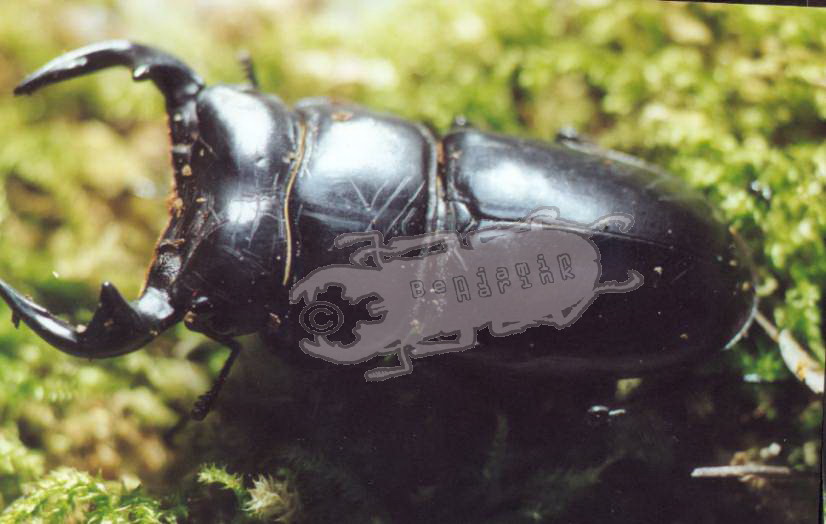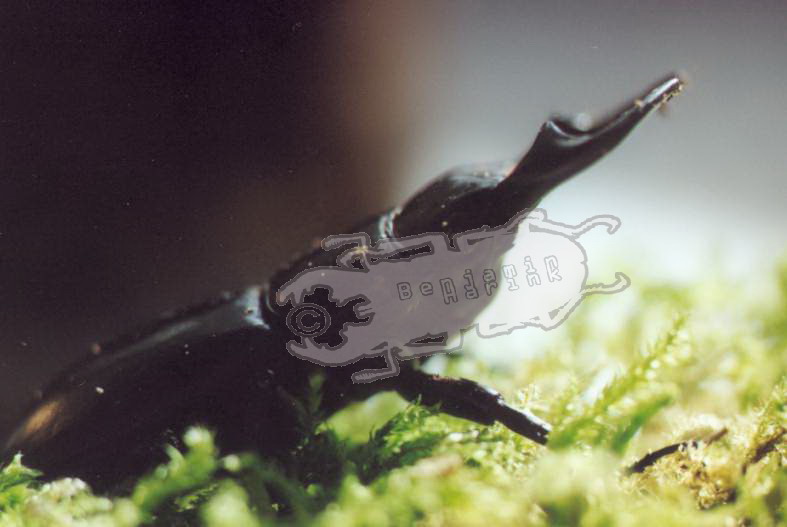Distribution:
Malaysia, Thailand, Vietnam, India, Myanmar, Laos
Breeding hints:
Dorcus antaeus is rather easy to breed. The females lay eggs into relatively hard white rotten wood logs. The larvae can be reared in these logs or be separated and fed with white rotten wood pieces stuffed into containers. Big specimen are commonly reared on kinshi fungus. For the rest of the world who are not priviledged enough to have kinshi available, the larvae can also be reared on fermented saw dust with an additional feeding of proteins. This way it is also possible to raise reasonably sized specimen. Larvae can be cannibalistic at times, especially under crowded conditions and should be separated. Since males can be very aggressive, it makes sense to pair male and female under supervision and separate them afterwards. It is also advisable to keep them in slightly cooler temperatures than the tropic species of Dorcus.
Interesting Links:
Please suggest links that offer more information about this species
Specimen Pictures:
Pictures of living specimen:
All Pictures © Copyright of their respective owners.
Design and Text © Copyright of Benjamin Harink, any use is strictly prohibited, for details contact: hankypanky79@hotmail.com





So do you use just ordinary sawdust from the pet shop, and how do you ferment it? Would it work if I put the lavae into some quite woody compost?
Hi Alex,
ordinary sawdust would work. However, the difficulty with pet shop sawdust is that you would not know if it is from broad leaved trees. However, once you have the right sawdust. To ferment it, add water and about 10 percent flour. Add some compost to add the necessary bacteria, then stir it once a day and wait for fermentation to kick in. You can see the fermentation has begun, when the heat increases. Fermentation is normally over after 2 weeks or so, and the substrat theoretically can be used then.